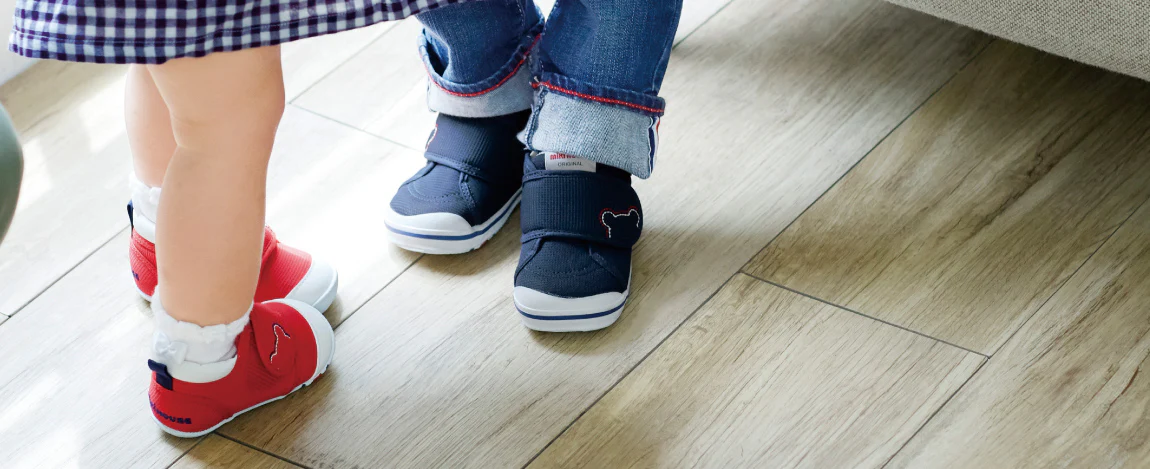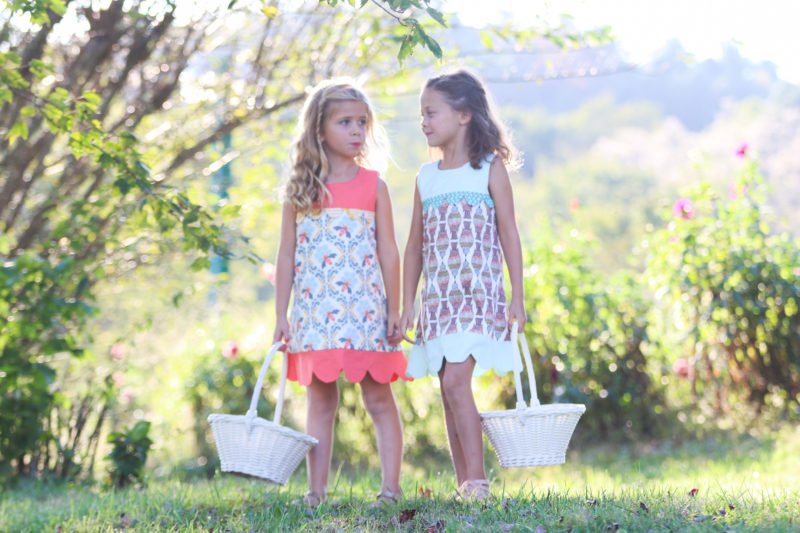
Choosing the right shoes for growing feet is essential for a child’s comfort, mobility, and overall foot health. Since kids’ feet develop rapidly, wearing poorly fitted or low-quality shoes can lead to discomfort and potential foot problems. Whether it’s their first pair of sneakers or school shoes, understanding how to select the perfect footwear is crucial. This guide will help parents navigate the process of picking the best shoes for growing feet.
1. Understanding Foot Growth in Children Children’s feet grow quickly, and their shoe size can change every few months. It’s important to monitor their foot growth to ensure they always have properly fitting shoes.
- Why Foot Growth Matters:
- Poorly fitted shoes can cause blisters, bunions, and posture issues.
- Kids’ feet continue developing until their teenage years.
- Shoes that are too tight can restrict natural foot movement and growth.
- How Often to Measure Foot Size:
- Babies and toddlers: Every 2-3 months.
- Preschoolers: Every 4-6 months.
- School-age kids: Every 6-12 months.
2. Choosing the Right Shoe Size Getting the correct shoe size is crucial to prevent foot pain and discomfort. Shoes should provide enough room for movement without being too loose.
- How to Measure Your Child’s Foot:
- Use a foot measuring device or a piece of paper to trace their foot.
- Measure both feet, as one foot may be slightly larger than the other.
- Ensure there’s about a thumb’s width of space between the longest toe and the shoe tip.
- Signs That Shoes Are Too Small or Too Large:
- Toes pressing against the front of the shoe.
- Red marks or blisters on the feet.
- Shoes slipping off while walking.
3. Prioritizing Comfort and Support Comfort is key when selecting shoes for growing feet. Look for designs that provide support, flexibility, and breathability.
- Key Features to Look For:
- Cushioned Insoles: Absorb impact and provide comfort.
- Flexible Soles: Allow natural foot movement.
- Breathable Materials: Keep feet cool and prevent sweating.
- Arch Support: Helps prevent flat feet and promotes proper posture.
- Best Shoe Types for Different Needs:
- Sneakers: Great for everyday wear and active play.
- Sandals: Perfect for warm weather but should have arch support.
- Boots: Ideal for colder months, should be lightweight and flexible.
- School Shoes: Should be durable, breathable, and supportive.
4. Choosing the Right Material The material of a shoe affects its durability, comfort, and breathability. Opting for high-quality materials ensures your child’s feet stay comfortable all day.
- Best Shoe Materials:
- Leather: Durable, breathable, and molds to the foot shape.
- Mesh: Lightweight and breathable, perfect for sports shoes.
- Canvas: Soft and flexible, great for casual wear.
- Rubber Soles: Provide traction and prevent slips.
5. Proper Fastening for a Secure Fit The way shoes fasten impacts the fit and comfort level. The right fastening system ensures shoes stay secure on growing feet.
- Types of Fastenings:
- Velcro Straps: Easy for younger children to put on and take off.
- Laces: Offer a snug fit, ideal for older kids.
- Slip-Ons: Convenient but should fit snugly to prevent slipping.
6. Shoe Flexibility and Sole Thickness Shoes should be flexible enough to support natural foot movement while offering adequate protection.
- How to Check Flexibility:
- Bend the shoe at the ball of the foot—too stiff means less comfort.
- The sole should not be too thin, as it won’t provide enough cushioning.
- Avoid overly rigid shoes, which can restrict foot movement.
7. Consideration for Special Foot Needs Some children may require specific footwear due to foot conditions or activity levels.
- For Flat Feet: Look for shoes with arch support.
- For High Arches: Choose cushioned insoles to support foot pressure.
- For Wide Feet: Opt for brands that offer wide-width shoes.
- For Active Kids: Prioritize shock absorption and strong heel support.
8. Durability vs. Affordability Kids outgrow shoes quickly, but that doesn’t mean quality should be compromised. Finding a balance between durability and affordability is essential.
- What to Look for in Durable Shoes:
- Reinforced toe caps to withstand wear and tear.
- High-quality stitching rather than glued seams.
- Non-slip rubber soles for extra grip and longevity.
9. When to Replace Kids’ Shoes Knowing when to replace shoes ensures your child continues to have proper foot support.
- Signs That Shoes Need Replacing:
- Worn-out soles with little to no grip.
- Visible holes or tears in the fabric.
- Complaints of foot pain or discomfort.
- Shoes that have become too tight or too loose.
10. Encouraging Good Shoe Habits Teaching children to care for their shoes can help extend their lifespan and maintain proper foot health.
- Tips for Shoe Care:
- Always untie laces before removing shoes.
- Store shoes in a dry place to prevent mold and odor.
- Rotate between pairs to prevent excessive wear.
- Wash or clean shoes regularly, depending on the material.
Conclusion Picking the right shoes for growing feet is essential for comfort, support, and healthy development. By choosing properly fitted, high-quality, and durable shoes, parents can ensure their children’s feet remain healthy as they grow. Prioritizing comfort, flexibility, and breathability while keeping up with foot growth ensures that kids can play, run, and learn without discomfort. Taking the time to find the perfect pair will not only support their foot health but also give them confidence in every step they take.

